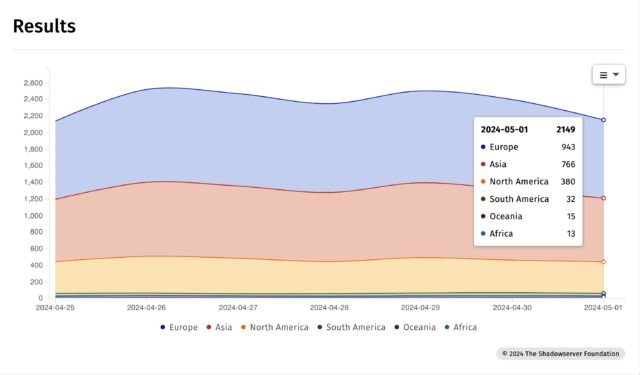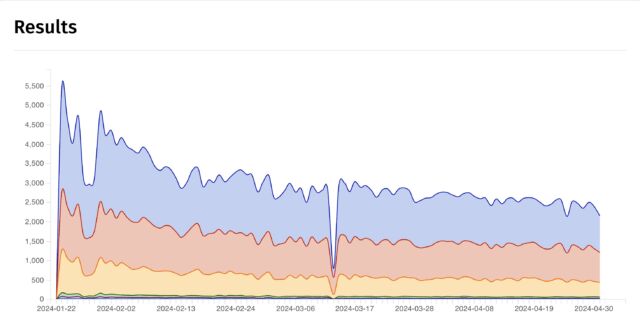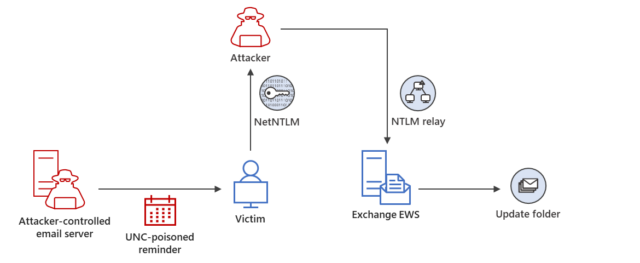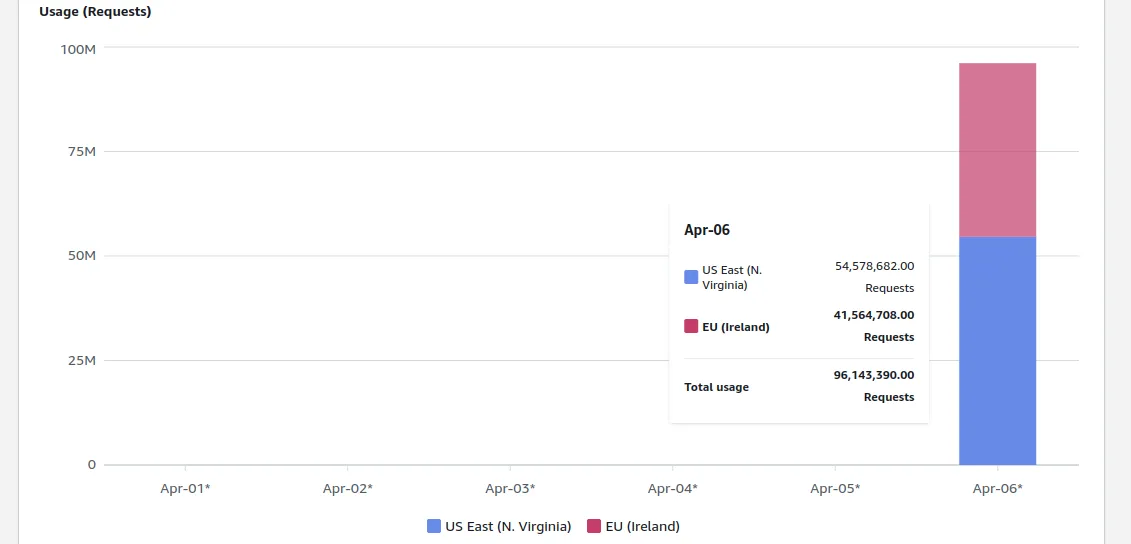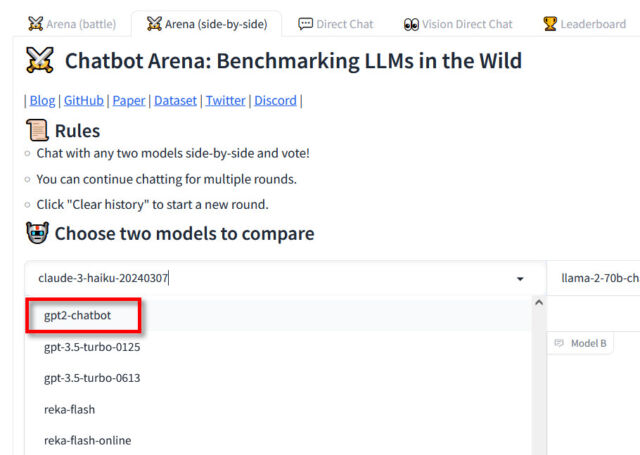Counterfeit Cisco gear ended up in US military bases, used in combat operations
Cisno —
“One of the largest counterfeit-trafficking operations ever.”

Enlarge / Cisco Systems headquarters in San Jose, California.
A Florida resident was sentenced to 78 months for running a counterfeit scam that generated $100 million in revenue from fake networking gear and put the US military’s security at risk, the US Department of Justice (DOJ) announced Thursday.
Onur Aksoy, aka Ron Aksoy and Dave Durden, pleaded guilty on June 5, 2023, to two counts of an indictment charging him with conspiring with others to traffic in counterfeit goods, to commit mail fraud, and to commit wire fraud. His sentence, handed down on May 1, also includes an order to pay $100 million in restitution to Cisco, a $40,000 fine, and three years of supervised release. Aksoy will also have to pay his victims a sum that a court will determine at an unspecified future date, the DOJ said.
According to the indictment [PDF], Aksoy began plotting the scam around August 2013, and the operation ran until at least April 2022. Aksoy used at least 19 companies and about 15 Amazon storefronts, 10 eBay ones, and direct sales—known collectively as Pro Network Entities—to sell tens of thousands of computer networking devices. He imported the products from China and Hong Kong and used fake Cisco packaging, labels, and documents to sell them as new and real. Legitimate versions of the products would’ve sold for over $1 billion, per the indictment.
The DOJ’s announcement this week said the devices had an estimated retail value of “hundreds of millions of dollars” and that Aksoy personally received millions of dollars.
Fake Cisco tech used in Air Force, Army, and Navy applications
The US military used gear purchased from Aksoy’s scheme, which jeopardized sensitive applications, including support platforms for US fighter jets and other types of military aircraft, per government officials.
In a statement this week, Bryan Denny, special agent in charge of the US Department of Defense (DoD) Office of Inspector General, Defense Criminal Investigative Service in the Western Field Office, said that Aksoy “knowingly defrauded the Department of Defense by introducing counterfeit products into its supply chain that routinely failed or did not work at all.” He added:
In doing so, he sold counterfeit Cisco products to the DoD that were found on numerous military bases and in various systems, including but not limited to US Air Force F-15 and US Navy P-8 aircraft flight simulators.
The DOJ’s announcement said that Aksoy’s counterfeit devices ended up “used in highly sensitive military and governmental applications—including classified information systems—some involving combat and non-combat operations of the US Navy, US Air Force, and US Army, including platforms supporting the F-15, F-18, and F-22 fighter jets, AH-64 Apache attack helicopter, P-8 maritime patrol aircraft, and B-52 Stratofortress bomber aircraft.”
Devices purchased through the scam also wound up in hospitals and schools, the announcement said.
Counterfeit Cisco gear ended up in US military bases, used in combat operations Read More »





